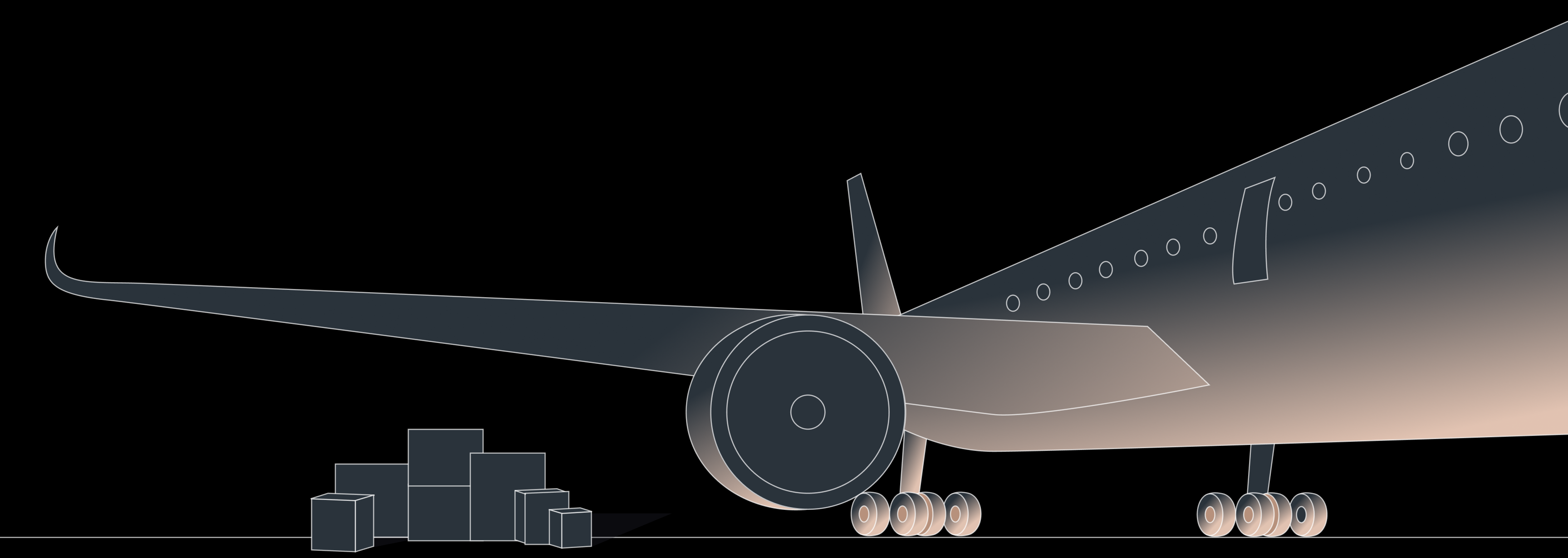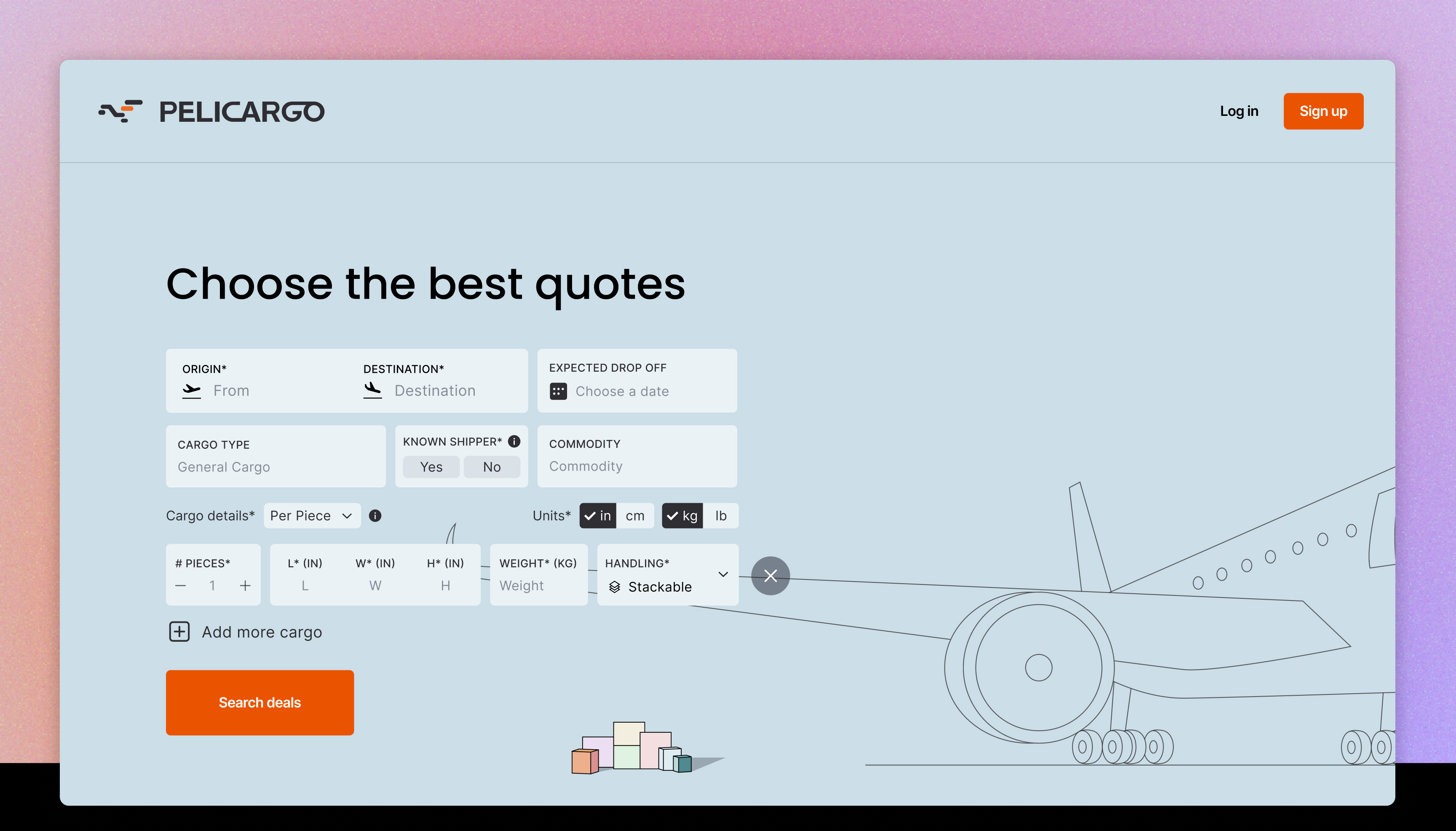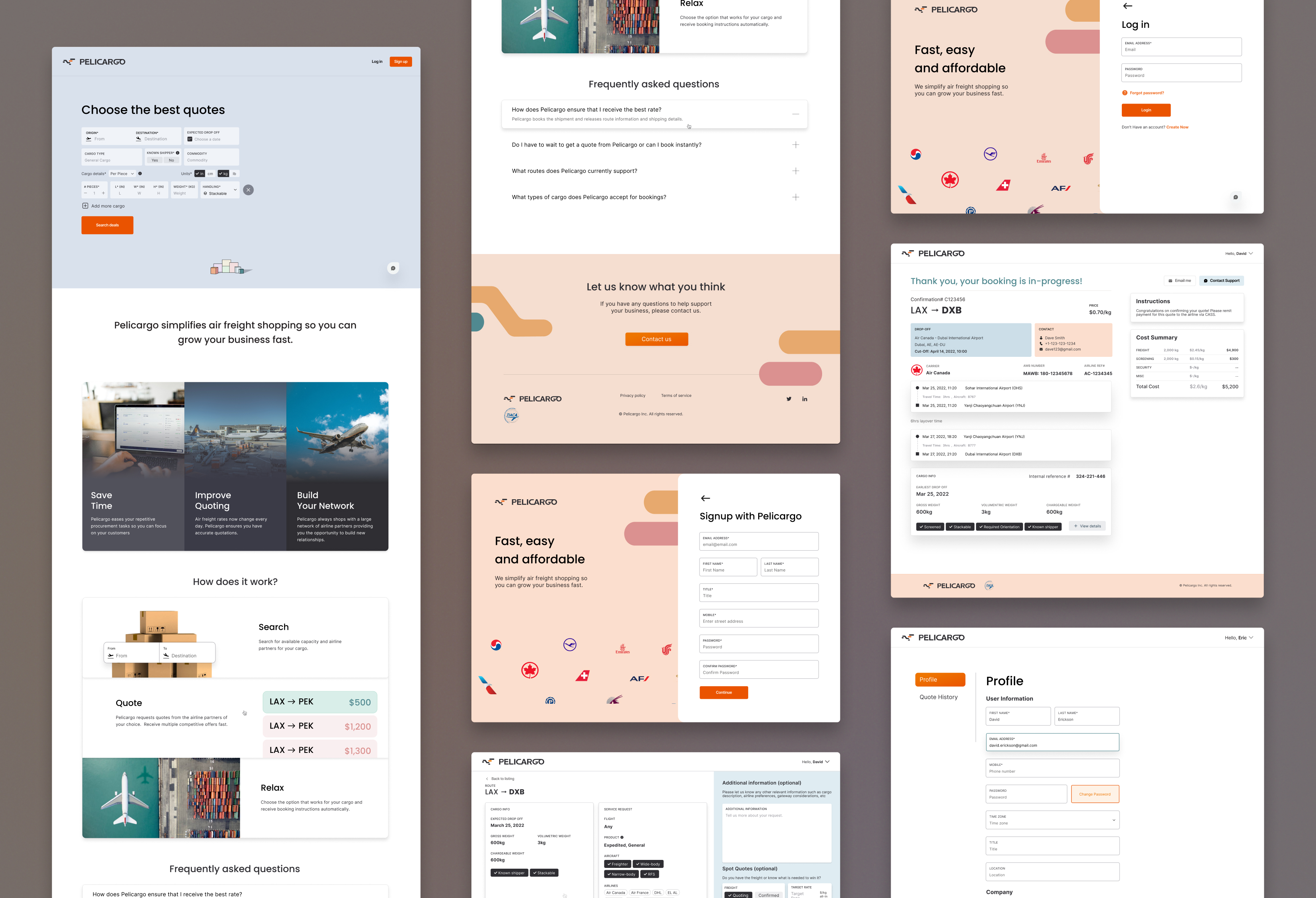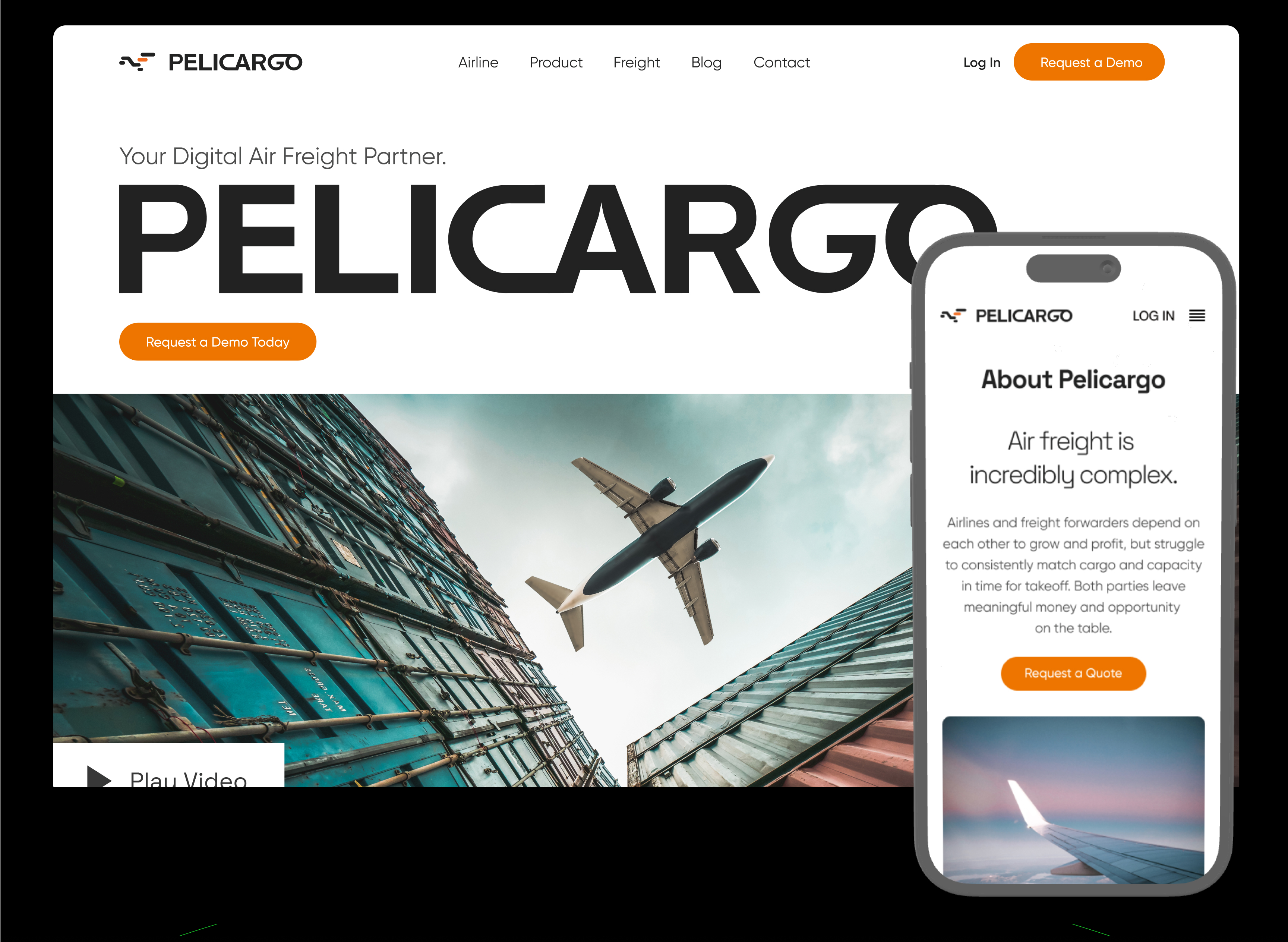How Rumor + Pelicargo Reformed The Air Cargo Marketplace

The Background
Pelicargo, a logistics company developed at MIT and based in the US, specializes in making air cargo fast, easy, and affordable for freight forwarders. By leveraging an innovative platform, Pelicargo automatically matches cargo with the best flight option, eliminating stress from air cargo bookings. Its technology-driven approach has revolutionized the air cargo industry, providing a seamless and efficient experience for customers. With just a few clicks, freight forwarders can access real-time information on pricing, flight options, and cargo availability, saving customers valuable time and money.
)
Pelicargo was one of the finalists that made it to the MIT Delta V, an educational accelerator program designed for student entrepreneurs at MIT, aimed at augmenting their progress in developing viable and sustainable ventures. They were also successful in raising a seed round post-completion of the program.
The Challenge
Pelicargo’s first goal was to revolutionize and revamp an outdated, laborious, and manual air cargo industry into an automated, intelligent marketplace that also saved time for both shippers and carriers while providing the most competitive rates possible. In short, their first challenge was to ease a client’s journey of booking air cargo while also keeping charges to a minimum. An attractive, user-friendly website and app were an add-on.
With a database this huge — of airlines, forwarders, customs, and carriers — their next hurdle was managing it in a way that automated complex procedures consistently for airlines and freight forwarders. While airlines typically have unused capacity, they face difficulties fulfilling all forwarder requests and matching loads at scale due to inefficiencies built up over time. Meanwhile, forwarders have cargo to ship, but encounter difficulties obtaining timely and favorable pricing consistently.
With innovative ideas but restricted access to multiple strong pillars in the establishment, Pelicargo had all the means to grow, but the future looked stunted.

The Solution
Together, they formed a three-step approach to bring this to life

Reverse engineer success and determine product market fit
Over multiple brainstorming sessions, Rumor was able to create a realistic high-impact-low-development plan for a website that was not only easy to navigate but could also seamlessly showcase value prop to their ideal customer demographic. By setting priorities right from Day 1, they started off with visual engineering — from the wireframe to the flow of the system — which uncovered additional insight crucial to get users to utilize the product. Once confirmed, a realistic plan was created for development and type of talent needed to create an enterprise they needed to build. This plan also added an additional scope creep buffer anticipating potential changes as the product was always developing.

Develop a quality product that’s cost-efficient and allows opportunities to scale
By creating optimal solutions for Pelicargo’s significant challenges, Rumor was able to build a brand that would transform the air cargo industry and help it become the marketplace it is today. But what Rumor also helped with is creating a cost-effective product that could GTM faster by utilizing third party integrations to scale and build rapidly. With the use of integrations like supabase.com, Appsmith (no longer in use) and additional libraries, time and cost were saved and they could bring the product to the market within budgeted time.

Create a team to help achieve and maintain growth
As the product was close to release, Rumor retained some of the talent used exclusively for Pelicargo while building an additional team of developers, designers and product managers globally to help maintain, grow and scale the product. This also included hiring a fractional CTO who helped develop the concept from inception to actual launch.
With an overlapping timezone for some positions, the team was able to async effectively to get QA completed during different time zones. This helped the team get focused attention and build a world-class product.


By taking a product-and-design-first approach, Rumor worked with us at length to simplify and clarify our processes so that when we moved to development it was done correctly the first time. This eye on product differentiates Rumor Avenue and has made them an invaluable partner to our success.

I contributed to the design of the client and admin portal, and the website. Although I was a newbie to the air cargo industry, Jon and his team guided me through it. As a UX designer, I worked with users of different personas like freight forwarders, admins and customer service representatives. We were able to tailor different experiences for each user type to make their experience seamless.



